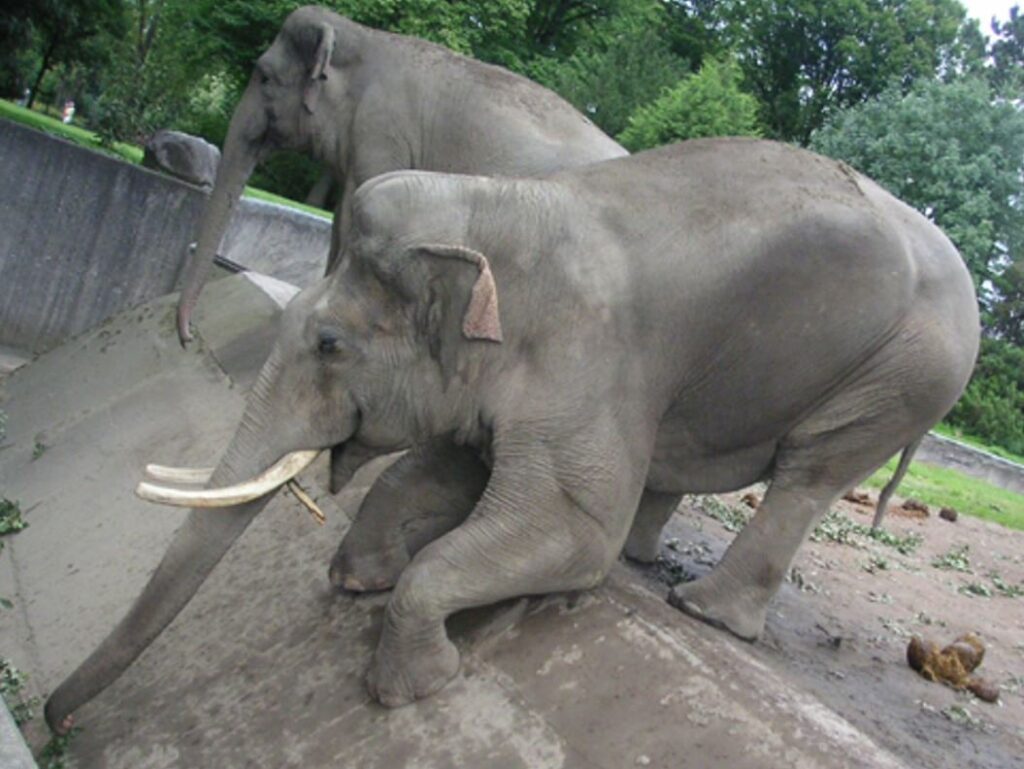Raja Gaj is a fascinating case blending myth and reality — an actual elephant that sparked legendary comparisons due to its unusually large size and unique physical features.

🐘 Who Was Raja Gaj?
- Name Meaning: Raja Gaj means “King Elephant” in Hindi.
- Species: Asian Elephant (Elephas maximus), though his features sparked speculation of hybrid ancestry.
- Lifespan: Lived in Bardia National Park, Nepal, primarily active and observed in the 1980s and 1990s.
- Death: Last reliably seen in the early 2000s; presumed dead due to old age or natural causes.

🌟 Why Was Raja Gaj Famous?
- Unusually Large Size:
- Estimated height: 11+ feet (3.4+ meters) at the shoulder — far above average for Asian elephants.
- One of the tallest Asian elephants ever recorded in the wild.
- Physical Anomalies:
- Had a distinctly domed head and long legs, leading some to speculate he may have had characteristics resembling extinct elephant species, like the Stegodon or mammoths.
- These features fueled myth-like status, though DNA evidence confirmed he was a modern Asian elephant.
- Cultural and Scientific Interest:
- Locals revered him as a near-mythic figure.
- Wildlife biologists were intrigued by his prehistoric appearance — his uniqueness even led to documentary coverage and academic interest.

🔍 Was Raja Gaj a Myth or Real?
- ✅ Real: Documented by scientists and photographers.
- ❌ Not Mythical: Despite speculation, he was genetically confirmed to be a normal (though extraordinary) Asian elephant.
- 🦣 Mythic in Status: His massive size and rare appearance gave him a legendary reputation — a “living fossil” in the eyes of many.
📝 Summary
Raja Gaj was a real, record-breaking Asian elephant whose imposing stature and primitive appearance made him a legend. Though not mythical in origin, he lives on in conservation lore as a symbol of wild majesty — and a reminder of nature’s ability to surprise even modern science.
Would you like a visual rendering of what Raja Gaj may have looked like?